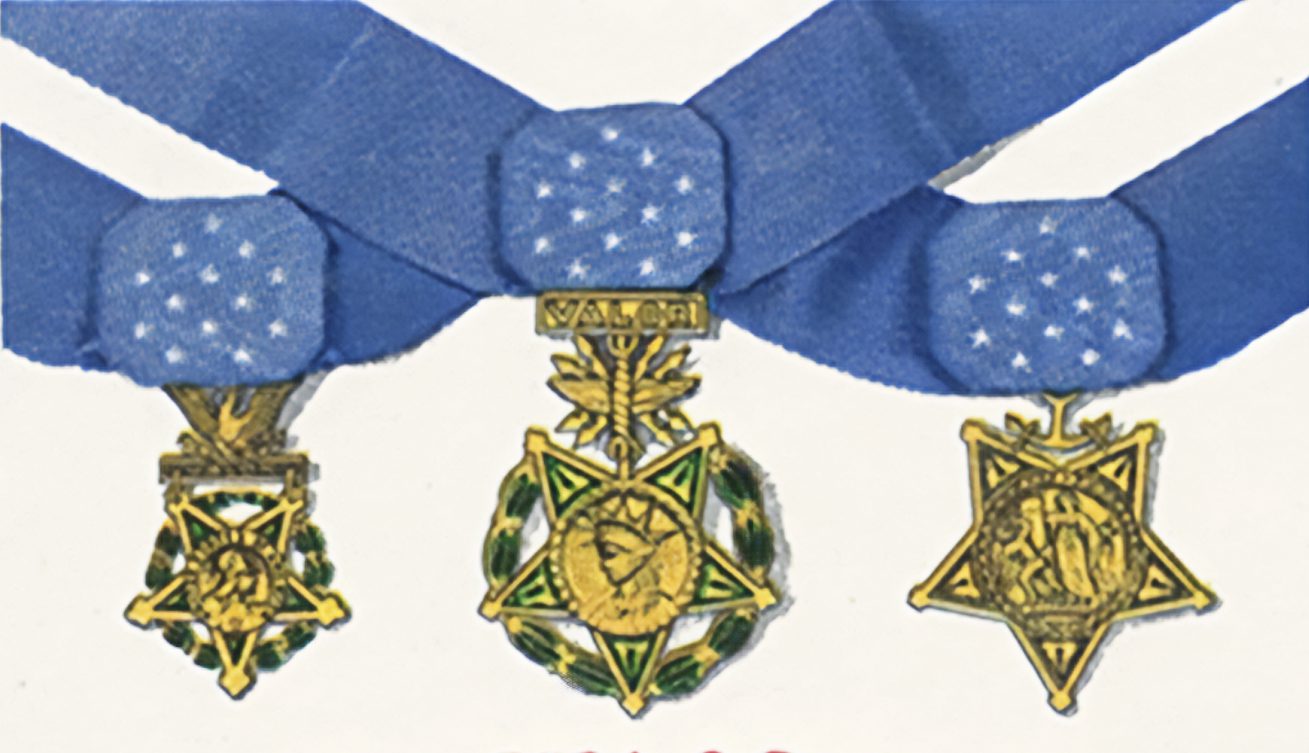First Armed Forces Day
On May 20, 1950, the US first celebrated Armed Forces Day. Armed Forces Day is celebrated on the third Saturday in May, near the end of Armed Forces Week.

On May 20, 1950, the US first celebrated Armed Forces Day. Armed Forces Day is celebrated on the third Saturday in May, near the end of Armed Forces Week.

On May 15, 1942, the Women’s Army Auxiliary Corps (WAAC) was established. The women of the WAAC filled important noncombatant jobs, freeing up thousands of men for combat.

Hiram Ulysses Grant was born on April 27, 1822, in Point Pleasant, Ohio. A hero of the Civil War, he served as America’s 18th president.

On April 18, 1942, Jimmy Doolittle led a daring raid against the Japanese in retaliation for the attack on Pearl Harbor.

Revolutionary heroine Sybil Ludington was born on April 5, 1761 in Kent, New York. Her daring late-night ride mustered troops to help defend American territory.

On April 4, 1968, the USPS issued a $1 stamp that, when combined with a parcel post stamp, was used to send mail and packages to American service members overseas.

After suffering a series of heart attacks, former president Dwight D. Eisenhower died of heart failure on March 28, 1969. He commanded the Allied Expeditionary Force in WWII and served as our 34th president.

On March 27, 1794, Congress passed the Naval Act, creating America’s permanent naval force. Since then, it has become one of the largest and most powerful navies in the world.

Medal of Honor Day has been celebrated on this day since 1991 to commemorate the awarding of the first six Medals of Honor for the Great Locomotive Chase. Those medals were awarded on March 25, 1863, for their daring actions of April 12, 1862.